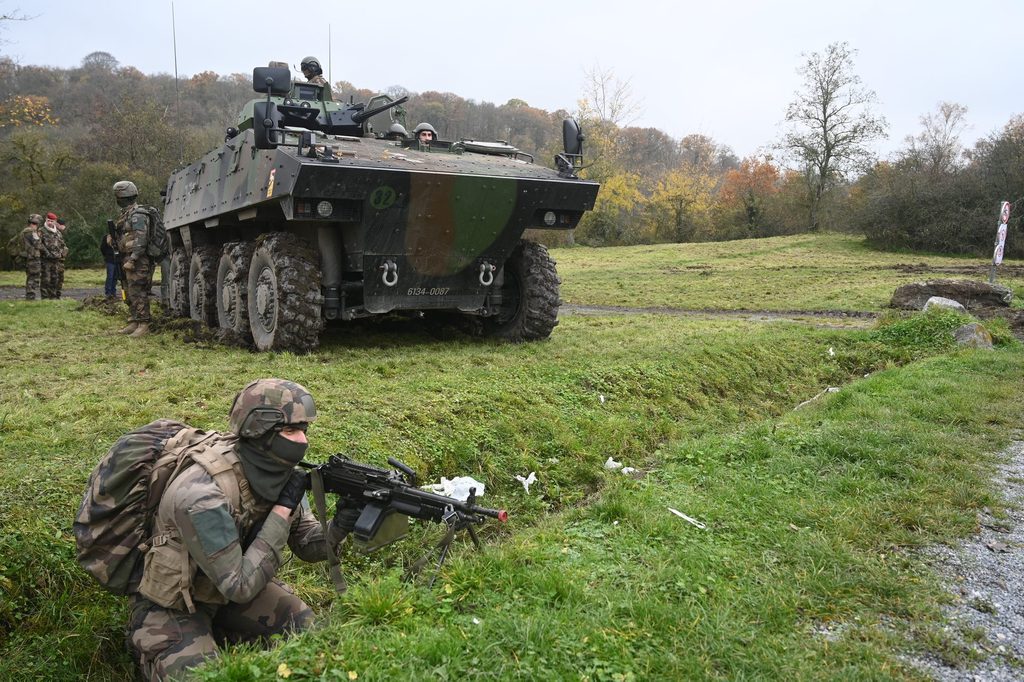Having been severely depleted through generous donations to the Ukrainian army in the context of the invasion of Ukraine, Belgium must spend at least €7 billion on replenishing its ammunition stockpiles, La Libre Belgique reports.
“We are reaching the limit of what we can give to Ukraine,” said Lieutenant-General Frédéric Goetynck, head of the General Directorate of Defence Material Resources (DGMR) in a press conference. “Replenishing ammunition is a nightmare. It takes years.”
Even before the start of the war in Ukraine, Belgium’s ammunition stockpiles were low. With the war in Ukraine bringing them to critical levels and the Belgian army using nearly 300 types of ammunition, the cost of replenishing to satisfactory levels will be significant.
“To bring our stocks up to NATO standards, it will be at least €7 billion investment,” the Goetynck said. “Over the next 10 years, it’s €700 million per year. Compared to our current resources that is enormous. We’re hoping that we’ll be able to rebuild our stocks within 10 years.”
This year, Belgium’s defence spending reached 1.21% of GDP. Belgium has pledged to meet NATO’s 2% spending targets. To this end, Belgium will more than double its spending on the military over the next decade. This year, the Ministry of Defence has allocated a budget of around €5 billion to the army, including €3 billion for the DGMR, which is responsible for armaments.
But Goetynck complained that although defence spending has increased significantly in recent years (from 0.89% of GDP in 2019), current funding will be insufficient for the army's needs. He highlighted three factors which will require serious investment from the Ministry.
Burgeoning costs
Replenishing ammunition will require significant investment. Certain types of missiles required by the army can cost over €1 million each, Goetynck explained.
The army must also think about modernisation, notably “the purchase of new types of ammunition for future weapons systems (aeroplanes, helicopters, ships, land vehicles) that we are in the process of acquiring,” Goetynck said.
Lastly, the operating costs of new weapons systems are expected to be especially high, perhaps even greater than initially estimated by the Ministry.
“When you buy an aircraft such as the A400M, it only exists in prototype form. To estimate the costs, one must use data provided by the manufacturer at the time. But then we realise that the operating costs of these systems are higher than what had been estimated. This is not unique to Belgium.”
Related News
- Belgium pledges to almost double its defence spending in the next decade
- Belgium's defence ambitions raise expectations in industrial sector
The Lieutenant-General specified that new weapons systems used more advanced technology, which require greater maintenance periods and other protection than older systems.
Goetynck concluded that the current level of investment into the army was insufficient for its growing needs and that Belgium would “need to have to set priorities” to function properly. He called on Defence Minister Ludivine Dedonder to reach the 2% of GDP target, with the promise that it would quickly help relieve these pressing issues.

